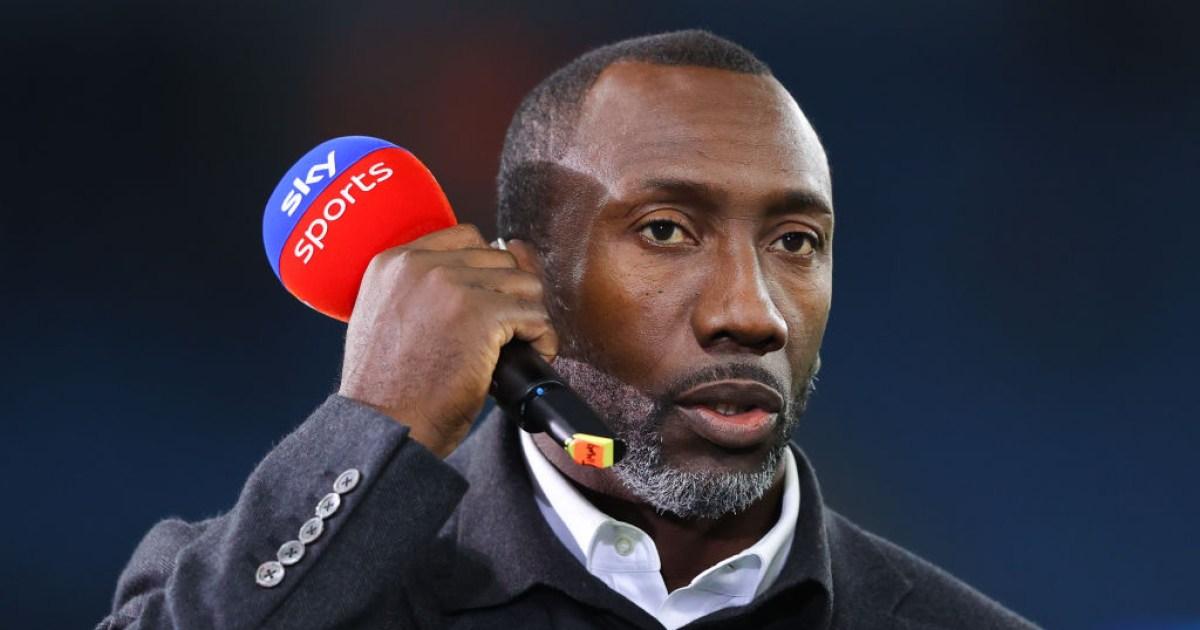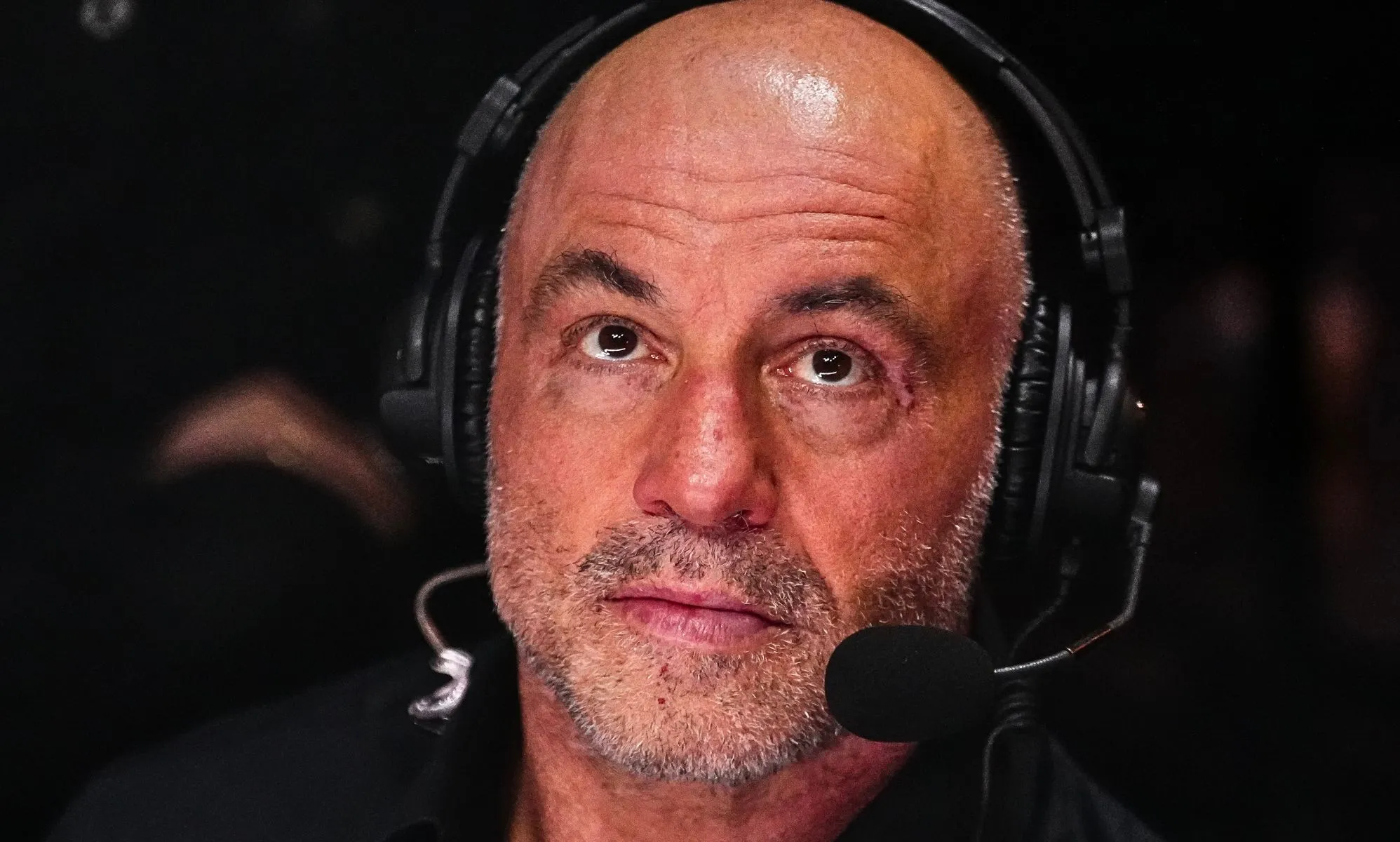What does Norris need to do to catch and beat Verstappen?
- Published

Lando Norris cut Max Verstappen’s lead to 47 points at a lively Mexico City Grand Prix on Sunday.
Verstappen was given two 10-second penalties for his driving against Norris but still managed to finish sixth, while Norris took second place.
As the season reaches a dramatic climax, BBC Sport analyses the Formula 1 title battle to examine what the McLaren driver needs to do, the factors that may help him and whether history offers him hope.
When and where are the remaining four grands prix?
1-3 November: Brazilian Grand Prix*
22-24 November: Las Vegas Grand Prix
29 November-1 December: Qatar Grand Prix*
6-8 December: Abu Dhabi Grand Prix
*denotes a sprint event, with the additional race on the Saturday before the main grand prix on the Sunday
There are four races to go, two of which are 'sprint' events and there are a total of 120 points available.
That means Norris needs to close on Verstappen by an average of just under 12 points a race.
Twelve points is more than the difference between first and third places, so Norris probably needs something to happen to Verstappen that causes him to lose a significant number of points in at least one race to have a realistic hope of overhauling him.
With such a big advantage already, Verstappen is also heading towards a point where he can clinch the championship at a specific race.
He is not there yet, but if Norris cannot bring the gap down quickly, that could come at the penultimate race in Qatar, or even the one before in Las Vegas if Norris hits trouble in Brazil and Verstappen scores big.
How are points awarded for finishing positions?
The points for the top 10 places in a grand prix are: 25-18-15-12-10-8-6-4-2-1
What difference will sprint races make?
There are more points available at a sprint event. In addition to the points for a grand prix, the winner of the sprint receives eight points, second place seven and so on down to eighth. There is no point for fastest lap in a sprint.
Verstappen has won all four sprint races so far, with his victory in Austin the first time he has taken the chequered flag since the Austria sprint in June.
Will fastest laps be a factor?
Yes. There’s a point for the driver who sets the fastest lap as long as he finishes in the top 10, and every point could count.
Can their team-mates make a difference?
Yes. But as you can see from above, it would take more than that to have an effect.
Does Norris need assistance from Ferrari and Mercedes?
Yes. He needs as many cars between him and Verstappen at the end of a race as possible.
Will certain tracks favour certain teams or drivers?
Yes, but it is hard to predict reliably which ones.
Various cars have specific strengths. McLaren struggled relatively in Austin, they believe, because there were only a couple of corners at the end of the Esses that played to their strengths in medium-speed bends.
By contrast, the Circuit of the Americas has a lot of high-speed corners, and braking from high-speed into low-speed, and low-speed. The first two of these characteristics are strengths of Red Bull, the last Ferrari.
After their dominant wins in the US and Mexico, Ferrari now seem to be potential winners everywhere - although Qatar will probably be their worst circuit.
Qatar should be particularly strong for McLaren; Las Vegas favours Ferrari. Red Bull are always strong in Abu Dhabi, but they seem to have on balance the third-fastest car at the moment.
The cars are so close that other factors can come into play, too - who has a better weekend, driver performance etc.
What happens if the drivers' championship finishes level?
If drivers tie on points, the winner is determined by results countback. Initially that would be who has most wins. If that is equal, then who has most second places and so on.
Have Norris and Verstappen clashed this season?
Yes. Twice in a row now in Austin and Mexico City.
Before that, they collided while fighting for the lead in Austria. Verstappen was penalised for the manoeuvre, but that did not help Norris, as he retired and Verstappen finished fifth, a position not affected by the 10-second penalty he was given.
Although title battles tend to introduce tension in the relationship between the drivers in question, their off-track relationship remains good.
Have eventual world champions come from a long way back before?
Yes. In 2007, Ferrari's Kimi Raikkonen was 17 points behind McLaren's Lewis Hamilton with two races to go. There was a different points system then, and that was the equivalent of 43 points now. The Finn won by a point.
Other examples include 1986, when McLaren's Alain Prost was 11 points behind Williams' Nigel Mansell - the equivalent of 33 points now - with two races to go and won. And 1983, when Brabham's Nelson Piquet was 14 points - the equivalent of 43 points now - behind Prost with three races to go and won.
How have McLaren managed to narrow the gap to Red Bull this season?
Red Bull started the season with a comfortably faster car than McLaren, who were third fastest behind Ferrari as well in the first five races. But a big upgrade in Miami made the McLaren competitive overnight.
As time has gone by, the McLaren has got more and more competitive and the Red Bull has fallen back.
Red Bull seemed to make some progress with an upgrade in Austin, but McLaren introduced a small upgrade in Mexico and seemed to step forward again.
Words: Andrew Benson and Alan Jewell
Graphics: Andy Dicks









